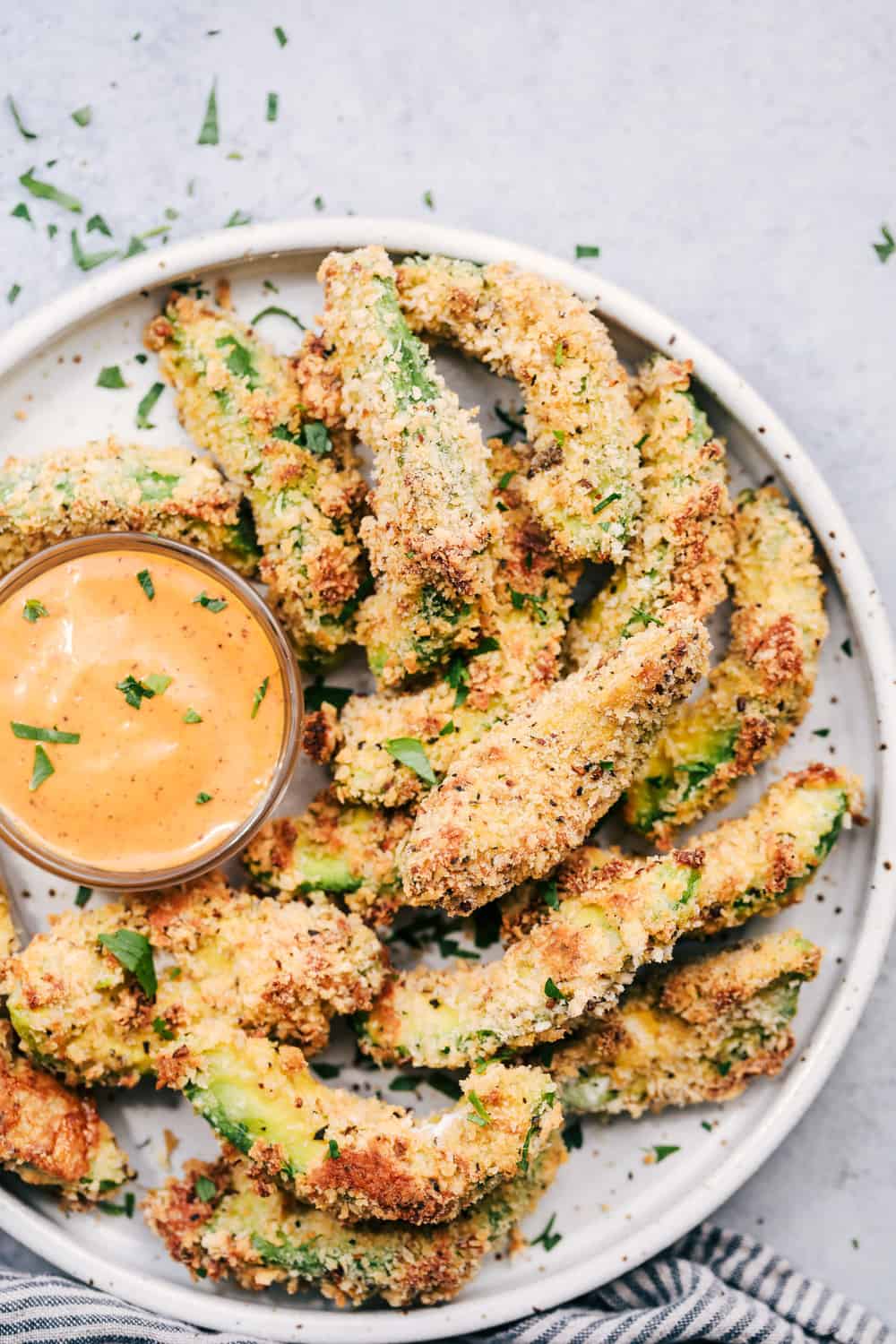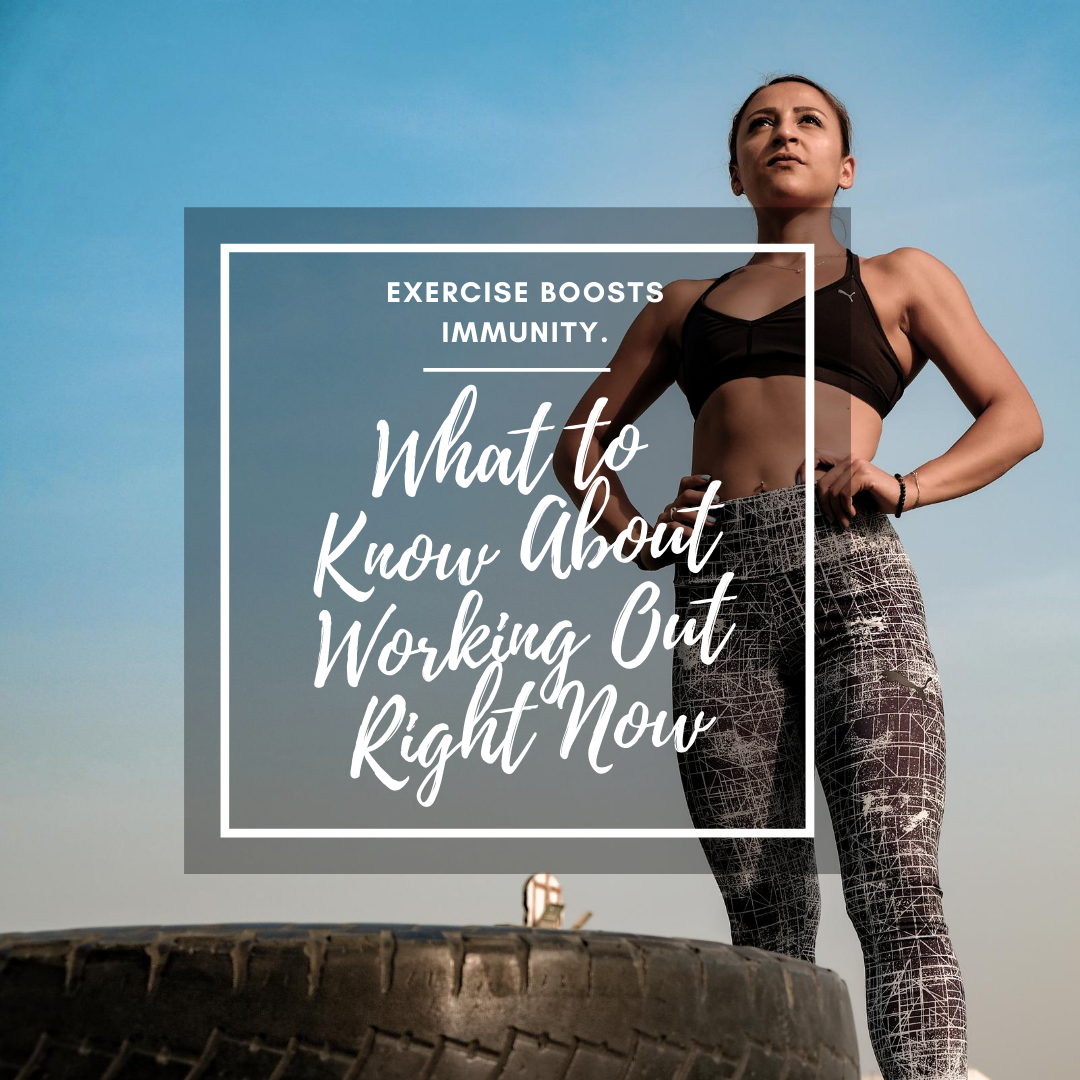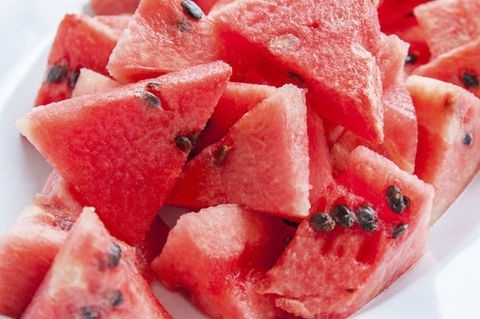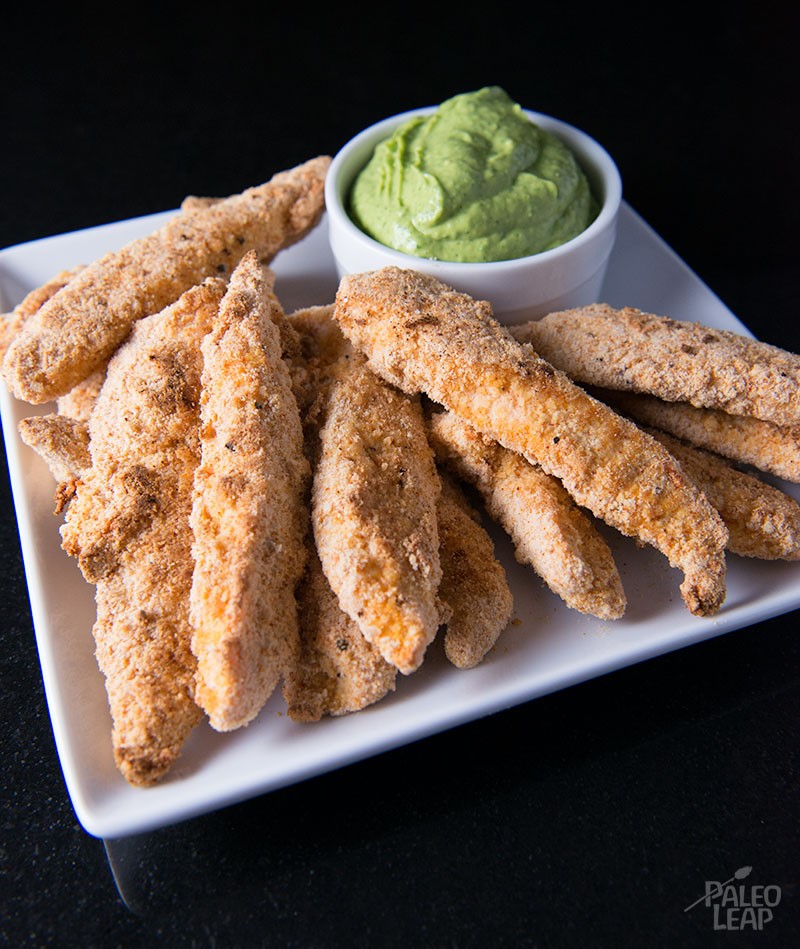You know how to protect yourself against the novel coronavirus by now—frequent handwashing, social distancing, and maintaining a balanced diet to keep your body as healthy as possible. But another important aspect of supporting your overall health can also come in handy right now to boost your immune system: regular exercise. The simple act of moving your body more can provide a powerful tool for fighting infection.
So, how can exercise boost your immune system?
The CDC and WHO still encourage regular exercise—and for good reason. In addition to improving your mental health, a 2019 scientific review in the Journal of Sport and Health Science found that exercise can improve your immune response, lower illness risk, and reduce inflammation.
The study looked at “acute exercise,” meaning that of moderate to vigorous intensity lasting just under an hour. Study author David Nieman, DrPH, a professor in the department of biology at Appalachian State University and director of the university’s Human Performance Laboratory says that typically, people only have a small number of immune cells circulating around the body. Those cells prefer to hang out in lymphoid tissues and organs like the spleen, where your body kills viruses, bacteria, and other microorganisms that cause disease.
Because exercise increases blood and lymph flow as your muscles contract, it also increases the circulation of immune cells, making them roam the body at a higher rate and at higher numbers, says Nieman. Specifically, exercise helps to recruit highly specialized immune cells—such as natural killer cells and T cells—find pathogens (like viruses) and wipe them out. In Nieman’s 2019 review, participants who took a 45-minute brisk walk experienced this uptick of immune cells floating around the body for up to three hours after the walk, Nieman explains.
While you do get an immediate response from your immune system when you exercise, that will eventually go away—unless, that is, you keep working out consistently. “If you go out for 45 minutes of exercise the next day, this all happens again,” Nieman says. “It all adds up as time goes on.” In fact, another study from Nieman and his team—this one published in 2011 in the British Journal of Sports Medicine—found that those who exercised five or more days of the week lowered the number of upper respiratory tract infections (like the common cold) over a 12-week period by more than 40%.
Think of the lasting immune effect of exercise like this, Nieman explains: Say you have a housekeeper come over to clean your home for 45 minutes most days of the week. The house will look a lot better on that first day than if someone never came. But the more frequently the housekeeper comes back, the better and cleaner the house will look. “Exercise really is a housekeeping activity, where it helps the immune system patrol the body and detect and evade bacteria and viruses,” Nieman says. So, you can’t necessarily exercise one day here and there and expect to have an illness-clearing immune system. Come back for more movement on the regular, though, and your immune system is better prepared to wipe out sickness-causing germs. This holds up, even as you get older, according to another 2018 review article published in the journal Frontiers in Immunology.
Another benefit of exercise is that it decreases inflammation in the body—which, in turn, can also improve immunity. In fact, some research, like the 2004 study in the Journal of the American Geriatrics Society, links decreased levels of inflammatory markers to those that exercise more often and have higher fitness levels. And Nieman says that goes hand-in-hand with immunity. “When immune cells try to function with inflammation, it puts the immune system in a chronically inflamed state too,” he says, which makes it harder to fight infection. To cut down on inflammation, kick up your activity level.
Strength training helps your immune system. Adam Jajtner, PhD, CSCS, assistant professor of exercise science and physiology at Kent State University, who has also studied exercise and the immune response, touts resistance training as a smart strategy for improving immunity. However, he does caution against over-training.
Like all good things in life, science says you can overdo exercise. Pushing yourself too hard for too long can actually put you at higher risk of infection—but you have to go pretty far past that “acute” level of training to experience negative side effects.
For example, most studies that found that extreme exercise can increase risk of illness examined marathon runners, like Nieman’s 1990 study published in the Journal of Sports Medicine and Physical Fitness. But Nieman says this negative effect can come into play if you’re running at a high intensity for at least a half-marathon distance or cycling or swimming at a tough pace for about 90 minutes. Any of these longer, more intense activities can cause stress on the body that could lead to lowered immune function. “You put yourself in a stressful state, so your immune system reflects that and leads to dysfunction that can last anywhere from a few hours to a few days,” Nieman says. Basically, high-intensity activity for more than an hour might not be the best idea right now if you’re really focusing on keeping your immune system in top shape.
Exactly how long and how hard you can push yourself before you reach that excessive and intense level of exercise ultimately comes down to how well you’re trained, but you might want to focus on maintenance rather than intensity in these pandemic times. “Moderate intensity is the best route right now, but maintaining that activity, in some form or fashion, is going to be key,” Jajtner adds.
Nieman views this pandemic as a golden opportunity to start a regular walking program—a time to nail down the habit of frequent physical activity. While other lifestyle habits like eating fruit, managing stress, and getting quality sleep can also help reduce risk of illness, Nieman says exercise is potentially “the most powerful habit that people can adopt right now as we’re coping with this new and novel virus.”
If you’re super new to exercise (and have your doc’s approval to start a fitness program), Jajtner suggests going out for even just 10 minutes, two to four times a day. Then work on gradually increasing that time. If you’re in a crowded city and have fewer opportunities to get outdoors.
Even if you are exercising, don’t forget that your best defense against getting COVID-19 is limiting your risk of catching it by practicing social-distancing and frequently washing your hands. “Reducing your exposure to the virus is number-one, it rises above everything,” Nieman says. “Social-distancing and good hygiene must always be paramount…but I can’t emphasize enough the importance of everyone being healthy and focusing on good immunity too.”
The information in this story is accurate as of press time. However, as the situation surrounding COVID-19 continues to evolve, it’s possible that some data have changed since publication. While we are trying to keep our stories as up-to-date as possible, we also encourage readers to stay informed on news and recommendations for their own communities by using the CDC, WHO, and their local public health department as resources.
Sources :Use fitness to your immune system’s advantage—here’s how.By Mallory Creveling, ACE-CPT April 16, 2020
https://www.researchgate.net/publication/20888836_Infectious_episodes_in_runners_before_and_after_the_LA_Marathon









